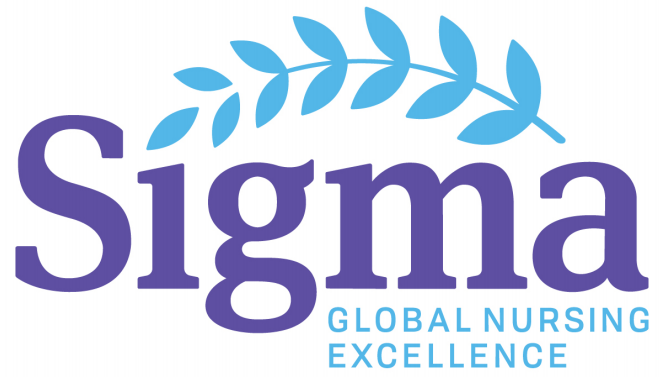Presenter Classification
Faculty
Presentation Type
Podium Presentation
Publication Date
4-11-2024
Start Date
11-4-2024 10:00 AM
End Date
11-4-2024 11:00 AM
Keywords
Nursing shortage, United States, leadership
Abstract Type
Research
Abstract
Nurses’ Input on the Nursing Shortage
Purpose: The purpose of this study was to investigate the views of nurses regarding the nursing shortage in Tennessee.
Aim: To achieve this aim, four focus areas were examined through listening sessions with stakeholders across four regions in the state. These focus areas included addressing the nursing pipeline, developing innovative clinical and academic models, supporting nurses' well-being, and sharing data about the shortage of nurses throughout the state.
Methods: A qualitative descriptive study was conducted using focus group interviews for data collection. The study employed a SWOT (Strengths, Weaknesses, Opportunities, and Threats) analysis approach for data analysis.
Results: The results of the listening sessions revealed three themes for each of the first three focus areas, except for the fourth one, sharing data about the nursing shortage, which identified a lack of information about the reasons nurses are leaving the profession, their setting, and the bedside. Although there were regional differences, the findings from the four regions showed similarities.
Conclusion: The study gathered information from nurses working in different settings, and several strategies related to the four focus areas were suggested to address the nursing shortage. However, it is important to note that the nursing shortage in Tennessee, like the national one, is a complex issue.
Included in
Nurses' Input on the Nursing Shortage
Nurses’ Input on the Nursing Shortage
Purpose: The purpose of this study was to investigate the views of nurses regarding the nursing shortage in Tennessee.
Aim: To achieve this aim, four focus areas were examined through listening sessions with stakeholders across four regions in the state. These focus areas included addressing the nursing pipeline, developing innovative clinical and academic models, supporting nurses' well-being, and sharing data about the shortage of nurses throughout the state.
Methods: A qualitative descriptive study was conducted using focus group interviews for data collection. The study employed a SWOT (Strengths, Weaknesses, Opportunities, and Threats) analysis approach for data analysis.
Results: The results of the listening sessions revealed three themes for each of the first three focus areas, except for the fourth one, sharing data about the nursing shortage, which identified a lack of information about the reasons nurses are leaving the profession, their setting, and the bedside. Although there were regional differences, the findings from the four regions showed similarities.
Conclusion: The study gathered information from nurses working in different settings, and several strategies related to the four focus areas were suggested to address the nursing shortage. However, it is important to note that the nursing shortage in Tennessee, like the national one, is a complex issue.



